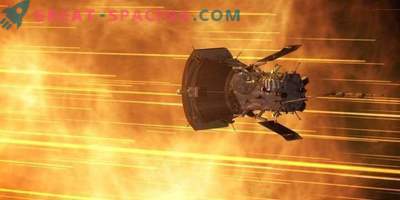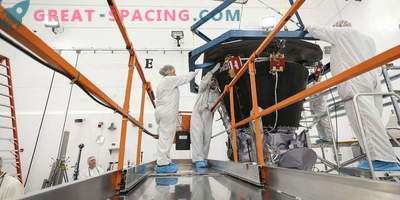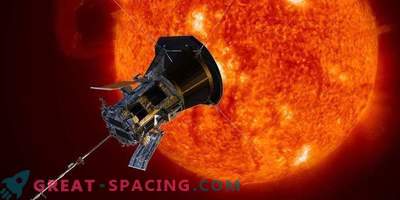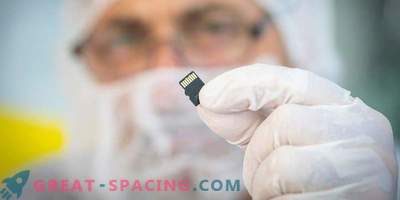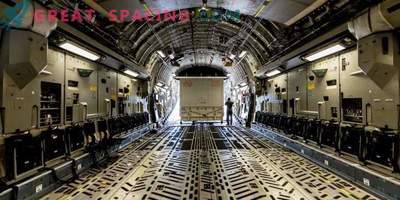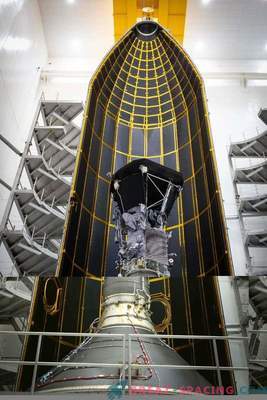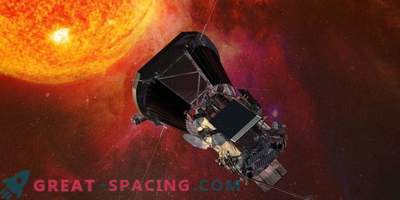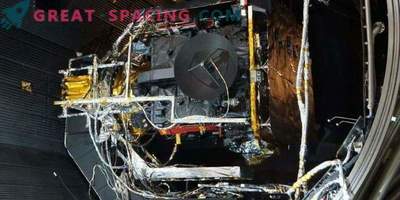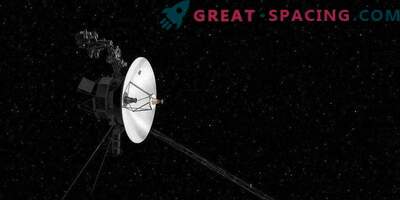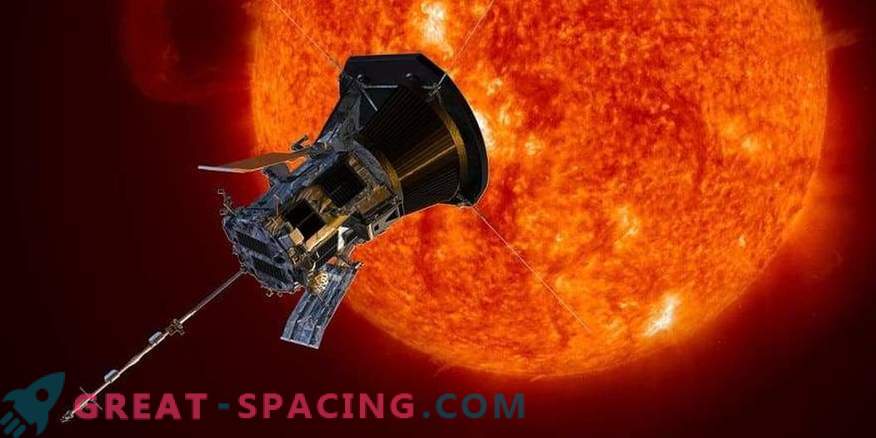
Solar probe Parker signals an excellent state of health after he disappeared behind the Sun at a distance of 15 million miles from the surface of the star. It is much closer than ever managed to fly up to an earthly spacecraft. The previous record belongs to Helios B (1976) and was beaten by Parker on October 29th.
The probe was created in such a way that it could protect itself and the payload from solar heating and radiation during a close span without control and assistance from the crew on Earth. Now we know that he does the task himself. Parker can be taken as the culmination of 60 years of scientific progress. This is the first close visit of mankind to the star, which will affect not only our planet, but also a deep understanding of the whole Universe.
Mission controllers at the Johns Hopkins University Applied Physics Laboratory received a signal from the spacecraft on November 7, 2018. The lighthouse indicates the status of “A” - the best of the four possible status signals, which means Parker is functioning perfectly and not a single scientific tool has damaged it. In the approximate span of November 5, the probe reached a maximum speed of 213,200 miles per hour, setting a new speed record for the spacecraft. In future approaches to the Sun, Parker will beat his own records more than once.

Members of the Parker solar probe mission on November 7, 2018 after receiving a signal about the good functionality of the spacecraft
At this distance, intense sunlight heated the solar side of the heat shield of the Parker probe to 820 F. The temperature can rise to 2500 F, as the ship plans to get closer to the star. But the heat shield allows you to keep the internal temperature at around 80 F.
The first phase of the solar approach began on October 31. The ship will continue to collect scientific data until the end of the phase - November 11. It will take several weeks and all information will begin to flow to Earth.
On November 5, 2018, the Parker solar probe first approached the Sun, reaching the perihelion. This maneuver entailed the intense influence of solar radiation and heat on the ship




